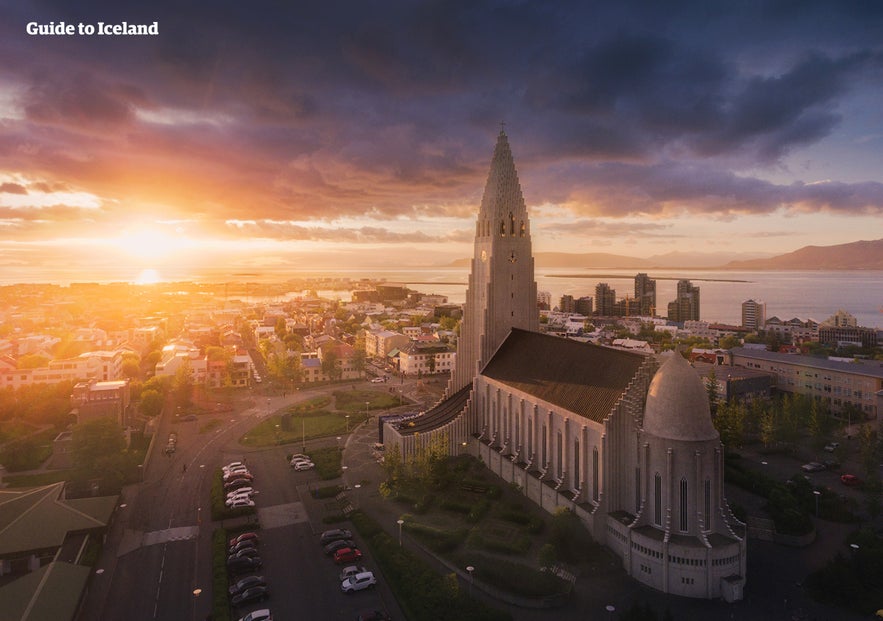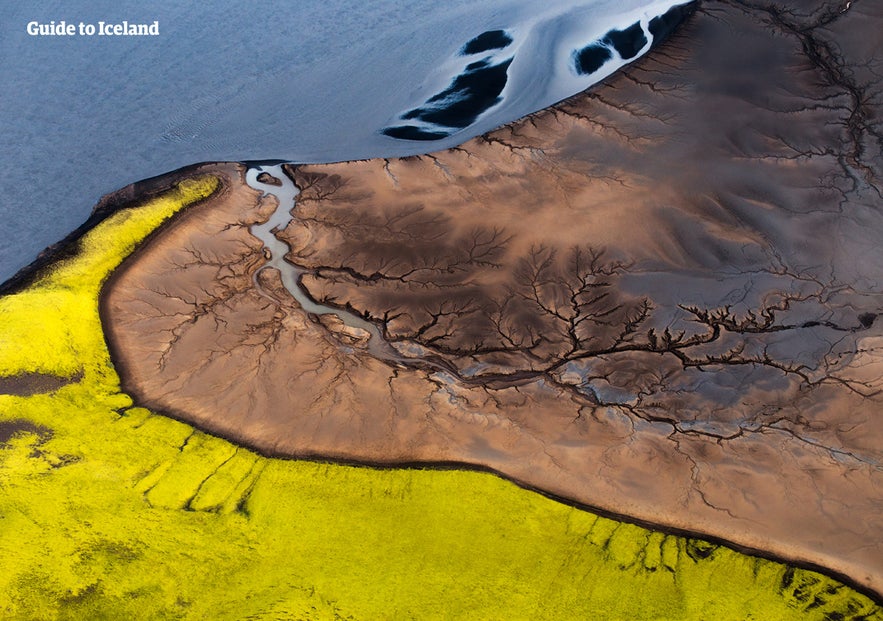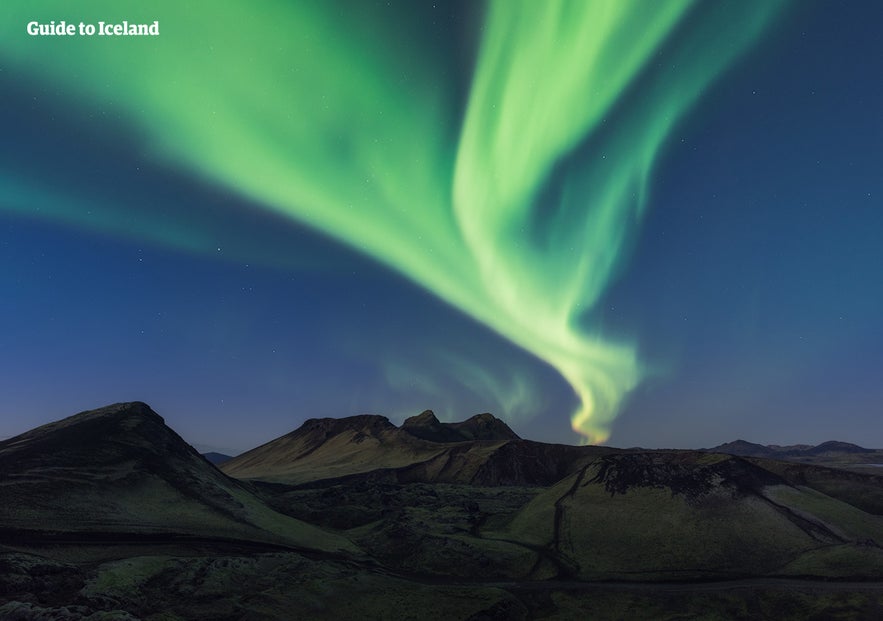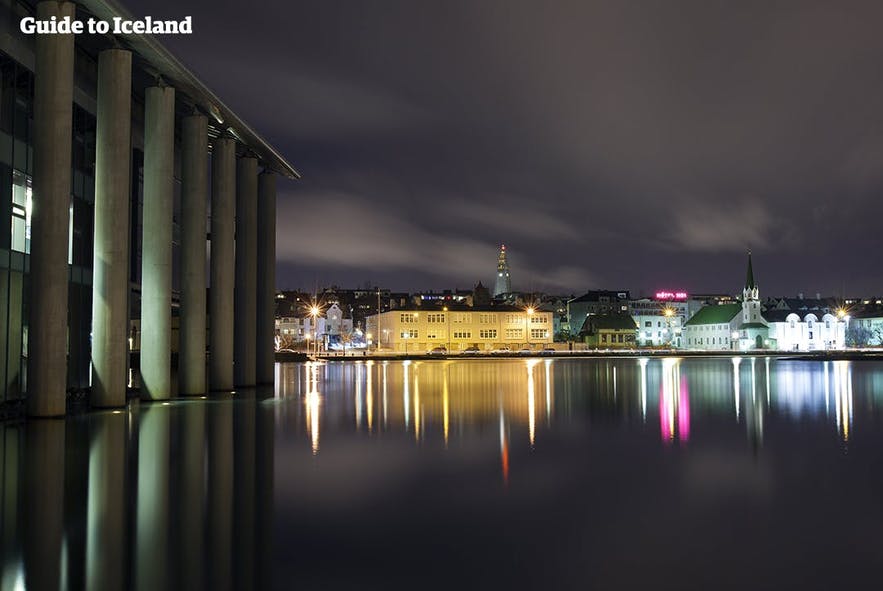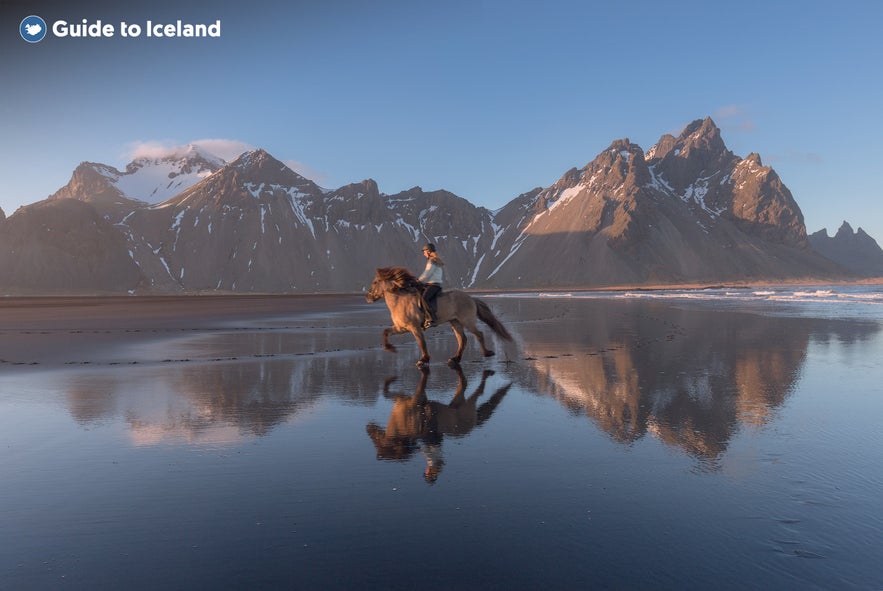
Learn key facts and statistics about Iceland. Despite its small size, the country has many interesting characteristics. Learn about tourism in Iceland, the economy, the geography, and some fun facts about Iceland’s history and culture.
- See also The History of Iceland for more information
- Check out Top 12 Things to Do In Iceland for some ideas for your holiday
- Do you still need some persuasion? Then read 13 Reasons to Visit Iceland
Before visiting, you may want to learn some key facts and statistics about Iceland. Until recently, most people knew relatively little about the country despite its rich heritage, spectacular geography, unique culture, and exciting traditions.
Why You Can Trust Our Content
Guide to Iceland is the most trusted travel platform in Iceland, helping millions of visitors each year. All our content is written and reviewed by local experts who are deeply familiar with Iceland. You can count on us for accurate, up-to-date, and trustworthy travel advice.
Given Iceland’s small population, researching this country is relatively uncomplicated. There’s only one ‘real’ city, Reykjavik, home to most accommodations, car rentals, tour operators, shops, bars, cafes, and museums.
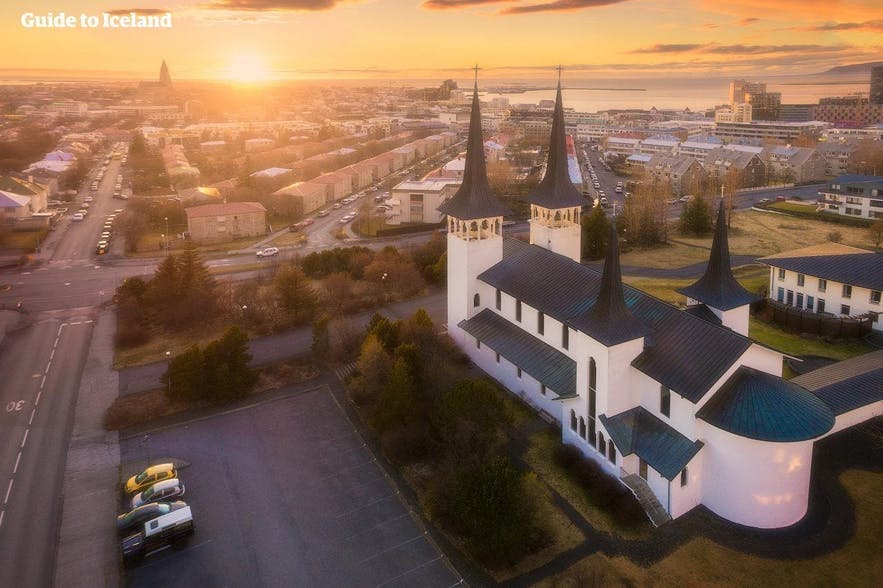
That’s not to suggest that Iceland’s lesser-known towns and villages, such as Akureyri and Egilsstadir, don’t have fascinating attractions of their own. But, Iceland’s capital provides the greatest wealth of modern amenities.
- See also: Weather in Iceland & Best Time To Visit
Iceland is a truly fascinating country. People are often unaware of some basic facts about Iceland that everybody should know. Here are some of the key facts about Iceland.
Iceland Facts and Statistics
1. The Population of Iceland
Iceland’s population is only 338,349. The entire country’s population is smaller than Anaheim, CA, Cleveland, OH, or Cardiff in the UK.
2. The Northernmost Capital in the World
At a latitude of 64 degrees north latitude, no other national capital is as close to the Arctic as Reykjavik. Other Nordic capitals such as Helsinki and Oslo come close, though, both of which sit at approximately 60 degrees north latitude.
3. The Midnight Sun
In summer, Iceland is blessed by nearly 24 hours of daylight, a phenomenon known as the midnight sun. The sun doesn’t fully set during this time. It barely touches the horizon line before rising again.
4. Short Winter Days
While the sun doesn’t set during a period in summer, winter is the opposite. During winter solstice in December, the sun rises at 11:30 a.m. and sets at 2:50 p.m.
5. It’s A Sparsely Populated Country
Iceland remains Europe’s most sparsely populated country, with 80% of the island’s landmass of 439,769 square miles (103,000 square kilometers) completely uninhabited.
6. Most People Live in the Capital
Official data shows that 60% of the Icelandic population lives in Reykjavik. The country’s second-largest city, Akureyri, has only 18,000 people, according to a 2019 census.
7. Long Life Expectancy
The average life expectancy in Iceland is 83 years. Could it be the clean air quality? For comparison, life expectancy in the US is 78.8 years, while in the UK and Germany it’s 81, and in Canada it’s 82.
8. A Lot of Glaciers
Iceland is home to Europe’s largest glacier, Vatnajokull. Glaciers cover 11.1% of the country’s land area. They have a considerable impact on the country’s landscape and weather.
9. The Tallest Peak is Hvannadalshnukur
Hvannadalshnukur peak stands at 6,923 feet (2,110 meters) and is located at the southern end of the Vatnajokull glacier.
10. Temperatures Are Mild (Mostly)
The highest temperature ever recorded in Iceland was 86.9 F (30.5 C) in the Eastfjords in 1939, while the lowest temperature recorded was -36.4 F (-38 C) in North Iceland in 1918. The average temperature in summer is 57.2 F to 46.4 F (14 C to 8 C), while in winter, it’s around 37.4 F to 28.4 F (3 C to -2 C).
11. Europe’s Most Powerful Waterfall
North Iceland’s Dettifoss falls is the most powerful waterfall in Europe, with an incredible average flow of 6,816 cubic feet per second (193 cubic meters per second).
If you’d like to share these facts, they’re all in the infographic below.
- See Also: What to Pack for Travel in Iceland.
Where Exactly is Iceland Located?
Iceland’s coordinates on the world map are approximately 65 degrees north latitude and 19 degrees west longitude. A one-way flight to Iceland from London will take about three hours, while from New York City, the flight will take roughly five-and-a-half hours.
Iceland sits almost smack in the middle between North America to its west and mainland Europe to its east. It’s only 186.4 miles (300 kilometers) from neighboring Greenland. This position has long made Iceland the perfect stopover for travelers and business people making the long transatlantic journey. The same applies to military personnel looking to base themselves strategically between the two regions.
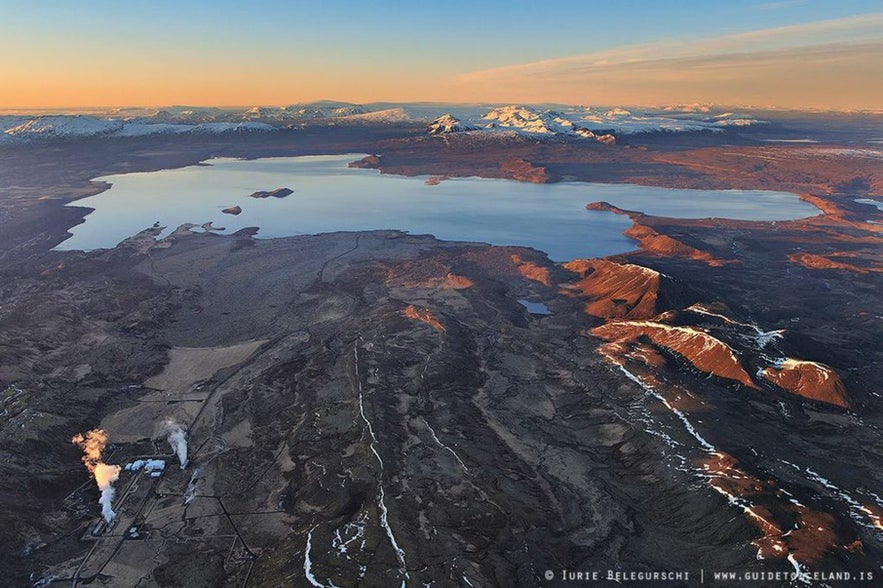
Iceland Geography Facts
Iceland sits directly atop a pocket of molten lava known as the Iceland Plume. This plume is widely considered to have been the most significant factor in the formation of Iceland. However, alternative theories, notably that of the Icelandic hot spot, suggest Iceland was formed by volcanic activity similar to that beneath Hawaii.
And what a spectacular landscape that has formed! Iceland is truly characterized by its landscapes, which are as diverse as they come, ranging from black-sand deserts to pure white glaciers. As you travel from region to region, you will see how these ancient and primordial forces sculpted the land’s canyons, mountainous slopes, and river gorges.
- See also: Volcanoes in Iceland
Iceland: A Nordic Nation
Iceland is one of the Nordic countries, but sometimes it’s also often referred to as a Scandinavian country, even though, strictly speaking, Scandinavia only includes Norway, Sweden, and Denmark.
Iceland’s relationship with all of these nations is great, given the historical ties between the island and these mainland countries from which Iceland’s early settlers traveled.
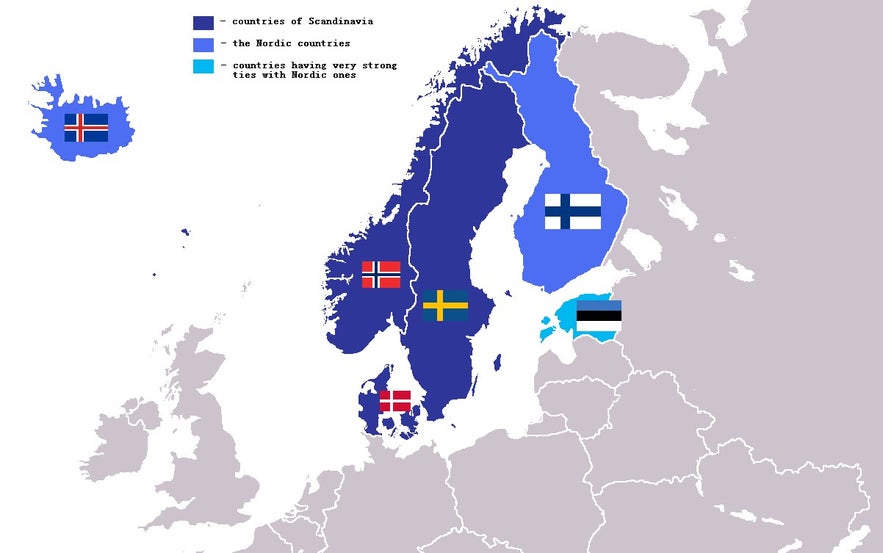
Visitors to Iceland can visit the Nordic House, found just beside the University of Iceland in Reykjavik, to learn more about this important connection. It’s also a fantastic place to check out some authentic Nordic architecture and grab a delicious bite to eat.
- See also: Ultimate Guide to Flights to Iceland
Cool Facts About Iceland and Icelandic Culture
Aside from the general black and white facts about Iceland’s geography, population, and natural features, Icelandic culture itself can be drawn upon for fascinating tidbits of information. Read on to learn cool facts about Iceland.
1. The Most Peaceful Country in the World
According to the World Peace Index, Iceland is the world’s most peaceful country. That’s also often interpreted as meaning it’s the safest country in the world.
2. No Army
Iceland doesn’t have an army, navy, or airforce. Also, Icelandic police don’t carry guns.
3. Iceland Is a Green Country
About 85% of the primary energy supply in Iceland comes from domestically produced renewable energy sources.
4. The Highest Number of Books and Magazines
Iceland has the world’s highest number of book and magazine publications per capita. 10% of Icelanders will publish a book in their lifetimes.
5. A Country of Good Footballers
Another cool fact about Iceland is that in 2017 it became the smallest nation ever to qualify for the World Cup Finals in men’s football and was ranked 18th best in the world on FIFA’s World Rankings list. For a country with a population of only 338,000, that’s a massive achievement!
6. A Strong Women’s Football Team
Iceland’s women’s football team has qualified for three major tournaments and, in 2017, was ranked 19th best national team in the world.
7. Icelandic Hasn’t Changed
The Icelandic language remains virtually unchanged from ancient Norse. This means that elementary school children can read 1,000-year-old texts fairly easily.
8. Iceland Is A Very LGBTQI+ Friendly Nation
Iceland was the first country to elect an openly gay female Prime Minister, Johanna Sigurdardottir, in office from 2009 to 2013.
9. Icelandic Has A ‘Beer Day’
Beer was banned in Iceland in 1915 on patriotic grounds, then legalized again on March 1st, 1989. Now that day is celebrated every year as ‘Beer Day.’
10. Iceland Has No McDonald’s
Interestingly, in 2009, Iceland became the first country to get rid of McDonald’s when the last restaurant in Reykjavik closed. After the 2008 financial crisis, ingredients imported by the food giant became more expensive, and, as a result, sandwiches prices soared. This led to fast-food restaurants closing one by one.
11. Icelanders Love Eurovision
If you are not familiar with Eurovision, it’s an annual pan-European song contest that’s aired worldwide. That’s the festival that gave Abba world fame after being voted winners in 1974. In 2021, 150,000 TVs in Iceland were tuned to watch the festival. That’s 99,9% of the country’s TV viewership. In 2020, Netflix released a film called “Eurovision,” with a fun story based in Iceland.
12. The World’s First Parliament
The first version of a parliament was formed in Iceland in the year 930 at Thingvellir. It combined the national assembly, the court of justice, and the most powerful leaders to decide on legislation and justice.
13. Icelanders Believe in Elves
This is probably one of the most astonishing Iceland facts. It’s said that about half of the population believes in elves, trolls, and other mythical creatures, a tradition that comes from ancient times. They’re called huldufolk, or “hidden people.” Some locals even build tiny houses for them to live in.
14. Many Icelandic Words Are Used In English
Despite the small number of native speakers, several Icelandic words are used in everyday English. The most famous of them is geyser. Fellow is another Icelandic word used in English, which means partner or colleague. Other words are berserk, saga, and, from old Norse, happy (happ), yule (jol), blunder (blundra), and window (vindauga).
15. Icelanders Have No Family Names
Another fun fact about Iceland is that locals have no family names. Instead, they use the father’s name followed by the word son or daughter (dottir) in Icelandic. For example, if Jon has a son called Einar and a daughter called Anna, their full names will be Einar Jonsson and Anna Jonsdottir.
Iceland Economy and Tourism Facts
Iceland’s economy is built around three major sectors; fishing, manufacturing, and, as of 2010, tourism. Undoubtedly, tourism is the saving grace of today’s economy, but fishing has long been the country’s defining industry.
The tourism industry boomed in 2010 due to the 2008-2011 financial crisis, which you’ll read more about later in this article. It was also affected by the eruption of the Eyjafjallajokull volcano that occurred in the same year. With air traffic disrupted all over mainland Europe, the eyes of the world turned to the volcano whose name they couldn’t pronounce.
- See also: Top 9 Adventures in Iceland
Over the next decade, tourists began to flock to the country to experience its magnificent cascading waterfalls, creeping ice caps, dry volcanic plateaus, scenic coastlines, rumbling river systems, and sweeping panoramas for themselves.
In response, Iceland has seen a rate of infrastructural development not seen since the end of the Second World War. New hotels, restaurants, roads, and tour opportunities have all arisen with the dawn of tourism in Iceland. Though new challenges must now be met to handle this influx, the tourism industry has single-handedly saved the Icelandic economy.
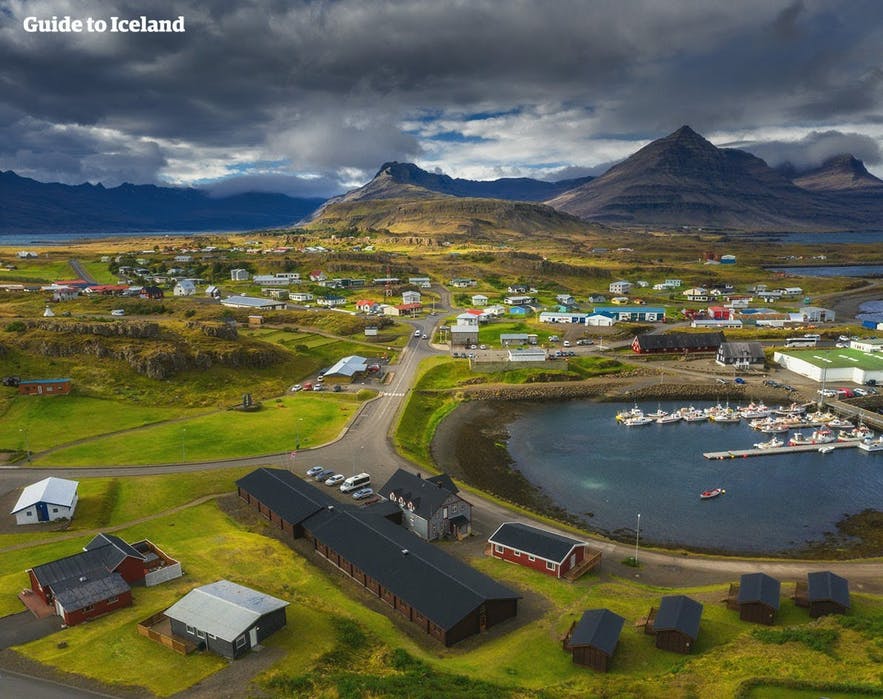
Iceland’s economy suffered a freefall between 2008-2011. Unlike most other affected countries, the Icelanders pursued prosecuting those responsible—the country’s top banking executives—rather than merely bailing them out.
- See also: 37 Reasons NOT to Visit Iceland!
Over the years, this has been brought up time and time again as an example of anti-establishment rhetoric. While Iceland did indeed push for punishment, the bankers here still got away with relatively light sentences, even returning to their former positions after the crisis had blown over.
Travel in Iceland
People travel to Iceland for many reasons. Some are trying to find peace, solitude, and respite from the hectic daily schedule of their lives. Others visit solely to witness this land’s spectacular natural attractions and experience some new adventures.
Some have come to see specific features unique to Iceland, such as the crystalline glacial spring, Silfra fissure, while others have their heart set on little more than soaking in a natural hot pool.
Some travelers are merely passing through on their transatlantic journey, while others have waited a lifetime for the chance to visit. Iceland has opened its arms to everyone.
Iceland has something to suit almost every traveler’s ambitions, attracting hundreds of thousands of visitors a year from all across the planet. This tourism boom couldn’t have come at a better time. It swiftly changed the fortunes of Iceland’s crashing economy and became a driver that would change the country’s culture, workforce, and identity.
Travel in Iceland is a big business.
With that in mind, you’ll find a wealth of operators —some big, some small — offering Iceland tours, itineraries, packages, advice, and information, all helpful for making the most of your holiday experience in the country.
- See Also: Travel Itineraries For Iceland.
Given the sheer number of travelers, there’s now an enormous variety of things to see and do here. Visitors will also find fantastic nightlife, culture, and fine dining experiences.
Popular Activities in Iceland

The list of available activities in which visitors to Iceland can participate is truly eclectic, having widened massively over the last ten years. Today, with the aid of customizable tour packages, visitors can sculpt the exact type of holiday experience they want. Relaxing, educational, or action-packed? The choice is yours.
- See also: Top 12 Things To Do In Iceland
Sightseeing is, without a doubt, the most popular activity here. All it requires is a vehicle and a sense of direction. Iceland’s natural wonders are so overwhelmingly picturesque that certain routes, such as the Golden Circle and the Diamond Circle, have become famed for their accessibility and the quality of their attractions.
You can undertake sightseeing routes independently on self-drive tours or with a certified tour operator. The latter option is best for those travelers who wish to avoid driving and would like to gain more in-depth education on Iceland’s natural geography.
- See also: Best Attractions by the Ring Road of Iceland
Besides seeing and visiting the natural attractions, travelers can participate in numerous thrilling activities: ATV riding, horseback riding, glacier hiking, ice-caving, scuba diving, helicopter sightseeing, whale watching, hiking… the list goes on and on.
Popular Attractions in Iceland
When one thinks of Iceland, one can’t help but envision sweeping glaciers, cascading waterfalls, rugged coastlines, lush highlands, and snow-capped mountains. Visitors relate to the country’s stunning, dramatic and ancient nature, which provides an experience of connection and tranquillity not often found elsewhere.
- See also: Maps of Iceland
Consider the appeal of specific attractions. Vatnajokull National Park, for instance, its sweeping dark hillsides and slithering glacier tongues, as well as the presence of Iceland’s “Crown Jewel,” the iceberg-filled Jokulsarlon lagoon, makes for a must-see destination in its own right.
The same goes for such attractions as Dettifoss waterfall, Europe’s most powerful waterfall, and Thingvellir National Park, one of the only places on the planet where it’s possible to see both the Eurasian and North American tectonic plates standing exposed from the earth.
- See also: National Parks in Iceland
Aside from Iceland’s natural features, there are many swimming pools, spas, and sports complexes to choose from. These heated swimming pools are open all year round. There are also several museums, art galleries, and theatre spaces. The capital city, Reykjavik, also boasts some incredible landmarks, from the glassy Harpa Concert Hall to the architecturally magnificent Hallgrimskirkja church.
Staying Connected While Traveling in Iceland: Quick Facts
- Plugs in Iceland use the standard Europlug with two round prongs and accept adapters type C and F.
- The Internet is amazing. Iceland has always been a leader in Internet infrastructure, and the government currently has a goal of ensuring 99% of all households and businesses have a minimum 100 Mbit/s Internet connection by 2022.
- Most well-traveled areas have good cell phone service, and most European phones will have no problem connecting to the network, although some North American phones might need to be unlocked to connect.
The Icelandic People

But what of the Icelandic people themselves? Who are these shark-eating Vikings that call this island home? Why are there so few of them, and how did they become so good at football?
- See also: Where Did Icelanders Come From?
All these questions and more are a part of the Icelandic mystique. Icelanders are proud and adventurous, capable of making enormous progressive steps in education, gender, LGBTQI+ rights, music, literature, renewable energy, and sports.
Iceland officially came into existence on June 17th, 1944, after the country became independent from the Danish monarchy following Germany’s invasion of Denmark. It was then that the Republic of Iceland was born, although there had been settlers living on the island since as early as 870 AD.
These seafaring people were primarily from West Norway, although many others were of Celtic origin, mainly from Ireland and Scotland, most of whom arrived as slaves.
Today, contemporary Icelanders pride themselves as creative and intelligent members of modern society. Equal rights are at the forefront of politics, and the population is enthusiastic in its political activism. So too are they in the field of the arts; many nights in the country’s cities, towns, and villages, live exhibitions of music, poetry, and artwork are readily held for a thirsty populace.
Did you find our country profile of Iceland helpful? Is there any crucial information that you believe we’ve missed? Please, feel free to leave your comments and queries in the Facebook comments box below!



